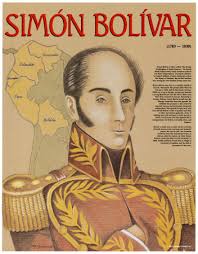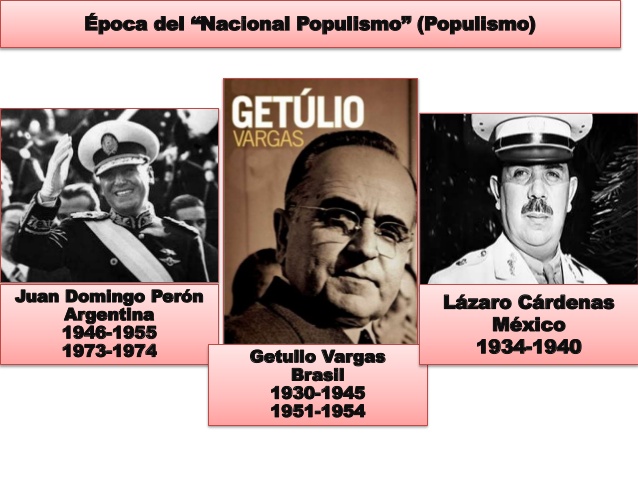500 Years of Global Capitalism in Latin America
Wednesday, August 19th, 2015Open Veins of Latin America, Eduardo Galeano, 1973, 1997
This is Galeano’s widely read “non specialist” history of Latin American imperial capitalist exploitation.
The book outlines the more than 500 years of exploitation and theft of irreplaceable resources from Latin America by handfuls of global capitalists and their captive developed European and US governments. Galeano describes a continuous repeating pattern of mono-cultures (if you include mineral and carbon deposits), the local and temporary enrichment and empowerment of a few parasitic actors who soon disappear from the scene, and the long term enrichment of global foreign capitalists who successfully steal the wealth generated by the exploitation. The mono-cultures include gold, silver, diamonds, sugar, cacau (chocolate), coffee, rubber, bananas, lumber, oil and gas and numerous other mineral including iron, copper, nickel, manganese, and now rare earths needed for modern electronics.
Spain and Portugal were granted exclusive rights to the Americas by the Pope after the Columbus (who thought he had arrived in Japan) voyage of 1492. The early focus on gold and silver benefited Spain and Portugal only to the extent that the wealth was used to create parasitic aristocracies in both countries and financed the vast expansion of catholic religious orders who parasitically used their power and influence to acquire vast underutilized landholdings in Latin America and the subjugation of the local populations. The Spanish monarchy used the proceeds indirectly by borrowing from bankers at outrageous terms to finance a long series of religious wars against the Moors and protestants. The Spanish armada and other foolish regressions were financed in this way with the silver going to the bankers. Virtually none of the gold and silver proceeds remained in the imperial counties and less was used to promote industrialization and modernization. These benefits went elsewhere in Europe, primarily to England, Holland, and Germany. Galeano argues that the European industrial revolution would not have happened at all were it not for the exploitation of Latin America, Africa, India, and elsewhere. Modern industrial capitalism was built on the foundation of the theft of foreign natural resources and on the slave labor needed to extract and export it.
Lest you think this is ancient history, the stories of rubber, bananas, and oil happened in the 20th Century. Oil extracted from Venezuela alone exceeds the total value of all the gold and silver extracted from all of Latin America and continues today.
Bolivar Dreamt of a free, unified Latin America 
Spain and Portugal were overthrown in Latin America in the early 19th Century but England and the US were already dominant economic and capitalist influences in the region. They and other local forces assured the Balkanization of Latin America into numerous smaller entities where governments could be influenced or overthrown more easily. Galeano talks of the time when English and American ambassadors had more power in Latin America than the local president – military dictator. In fact, often the president/dictator was hand picked by the foreign capitalist powers. And if the local leader didn’t follow orders, he could easily be deposed until a compliant occupier of office could be installed. And all this trouble to assure the continued exploitation – theft of the natural resources important at the time. For more than 500 years this pattern assured that Latin America would never develop a sustaining economy, industrialize, or improve the lives of the exploited.
An essential, perhaps most important element of the resource exploitation was cheap labor. Latin America imported far more African slave labor than North America. This labor was supplemented by massive use of indentured servitude where local and indigenous populations were forced into labor as the only means of survival. A byproduct of mono-culture is that all available arable land is dedicated to the growth of the crop of the moment. The concentration of land ownership by the church and few landowners meant that all lands not growing the crop of the moment was left idle. Food crops were simply not grown and local populations were left with a choice between indentured servitude and starvation. Land was simply not made available for growing food and the food needed to sustain the capitalist mono-culture had to be imported from abroad at high prices. These practices assured a steady stream of cheap labor for hundreds of years.
Mono-culture for export exhibits all the problems of capitalism with bubbles and busts. During the good times, the handful of controlling owners amass huge fortunes which they used to build mansions and impressive towns with opera houses and numerous massive churches. All products consumed in these towns were imported including food, clothing, furniture, etc. When the bubble burst due to exhaustion of the resource or due to a plummeting in price of the commodity these towns turned overnight into ghost towns. These towns today are maintained as tourist attractions and exist throughout Latin America as reminders of capitalist excess and instability. The wealth generated by the enterprises were simply wasted.
Mono culture is one of the fastest ways to ruin the productive land. The richest land is always used for growth of the product and the same product is grown year after year. Erosion and exhaustion of the land is the inevitable result of mono-culture. Latin America now stands last in the world in terms of the use of modern agricultural science and technology. Centuries of misuse and ignorance leaves Latin America with vastly degraded land resources. This on top of export of extractive industry leaves Latin America in bad condition.
What explains the very different experiences of the North American colonies and Latin America? Galeano writes:
The Northern colonies sent no gold, silver, or sugar to England, while their consumption needs produced an excess of imports which had somehow to be checked. Trade across the ocean was light; hence development of local manufactures was indispensable for survival. England paid such scant attention to these colonies in the eighteenth century that they were able to introduce the latest metropolitan techniques into their factories, turning restrictive colonial pacts into scraps of paper. This was far from true of the Latin American colonies, which delivered their air, water, and salt to ascendant European capitalism and, in return, received a largess of the finest and costliest luxury goods to pamper their ruling classes. The only expanding activities in Latin America were those oriented toward export, and so it continued in succeeding centuries: the economic and political interests of the mining and landlord bourgeoisie never coincided with the need for internal economic development, and businessmen were linked less with the New World than with foreign markets for the metals and foodstuffs they wanted to sell and with foreign sources of the manufactured articles they wanted to buy.
The sole exception to this bleak Latin American picture was Paraguay that successfully developed its own manufacture and technical workforce able to sustain it. Paraguay was such a threat to European colonial capitalism that three English banks, Bank of London, Baring Brothers, and the Rothschild bank financed a war for Brazil, Argentina, and Uruguay. These loans at extravagant interest rates were used to fund a five year war against Paraguay that ended at the same time as the American Civil War. Large portions of Paraguay were given to Argentina and Brazil and Paraguay never recovered economically. Neither did Brazil, Uruguay, or Argentina ever recover from the crippling cost of these English loans.
Mexico, Brazil, and Argentina emerged as the dominant Latin countries after the destruction of Paraguay. For a brief moment each country had a nationalist and broadly popular government; Lazaro Cardenas in Mexico from 1934-1940, Getullo Vargas in Brazil from 1930-1945 and 1951-1954, and Juan Domingo Peron in Argentina from 1946-1955. Cardenas nationalized oil production and instituted the most far reaching agrarian reform in Latin American history. He retired because of Presidential term limits. The manufacturing bourgeoisie of Brazil closed ranks on Vargas and he killed himself in 1945. Peron didn’t go far enough in his efforts to nationalize industry and was swept aside by the rural and manufacturing elites.
The US experience was very instructive. The northern states used protectionist policies to protect its infant industrial development while the southern states used slave labor and free trade policies to prosper. The south exported 80% of its cotton production and never attempted to develop its own mills. The sharp contrast led to the Civil War and Galeano says “The Twentieth Century won this Nineteenth Century war.” By the end of Nineteenth Century the US was the world’s leading industrial power. The center of the capitalist world was starting to move. After WWII the US adopted Britain’s policies of free trade and free competition for everyone else. Galeano says: “the disease was never confused with the remedy.” At the time of WWI US private investment was less than a fifth of total investment in Latin America. By 1970 the private investment of the US had reached three-quarters of total Latin investment. The IMF, World Bank, and giant vertically integrated US oil and manufacturing firms pioneered Satellite capitalism where big US firms own and operate plants in Latin America using low cost local labor. They devised schemes to invest as little as 12% of the needed cost of investment with local partners and long term debt making up the rest of the development cost. Only 11 cents out of every exported product dollar remains in the host country and the majority of that is used to service the debt.
Slave ships no longer ply the ocean. Today the slavers operate from the ministries of labor. African wages, European prices. What are the Latin American coups d’etat but successive episodes in a war of pillage? The dictators hardly grasp their scepters before they invite foreign concerns to exploit the local, cheap, and abundant labor force, the unlimited credit, the tax exemptions, and the natural resources that await them on a silver tray.
In these lands, we are not experiencing the primitive infancy of capitalism but its vicious senility. Underdevelopment isn’t a stage of development but its consequence. Latin America’s underdevelopment arises from external development, and continues to feed it. A system made impotent by its function of international servitude, and moribund since birth, has feet of clay.
This is an excellent companion volume to Samir Amin’s Capitalism in the Age of Globalization focusing on the experience of Latin America.
Fung-Lin blogged at the time of Eduardo Galeano’s death.

